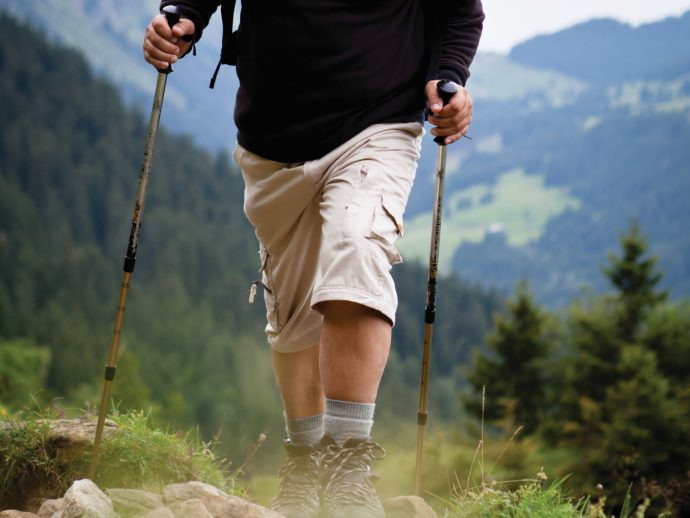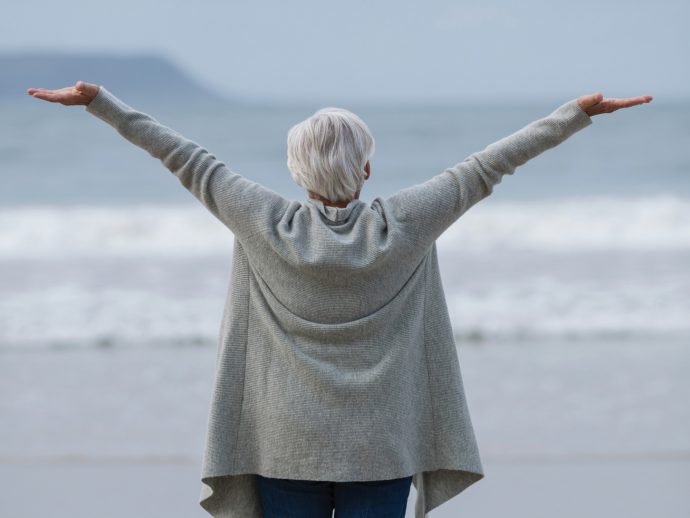
It’s a natural part of the aging process: degradation and loss of our cartilage, bone density, and muscle strength. So, what can be done throughout those intervening years? How can we manage joint pain and bone and muscle loss before they become unbearable? Read on.
A lifetime of wear and tear
Dr. Pascal-André Vendittoli is an orthopedic surgeon with a sub-specialty in hip and knee replacement. He says that past the age of 40, we lose about 1 percent of our bone density annually. He adds that for many people, the degradation can be more severe.
“We know that in the general population there are about 15 percent of people who will really suffer from wear and tear on their knees and hips throughout their life. They will need to receive treatments to try to improve their condition. This can be a medical treatment, or a surgical treatment to replace the joint with a prosthetic,” says Vendittoli.
Vendittoli emphasizes that surgery is a last resort, to be considered only once the chronic discomfort and lack of function interferes with daily tasks such as walking, standing, or being able to perform your job.
Managing joint pain and bone and muscle loss
Manage stress
Naturopathic doctor Amanda Capasso says that one of the most important steps in managing bone loss is managing stress. This will reduce your body’s natural hormonal reaction to anxiety and worry, which can be damaging.
“Having long, chronic elevated cortisol is not great for bone health. It creates a lot of inflammation, and it just changes … your bones, how much calcium they release back into your bloodstream, and how much they take out.”
Capasso says that stress reduction can be as simple as reorganizing your priorities and giving yourself a little bit more time for a walk, or yoga, or meditating.
She says that your stress reduction should not be an additional burden to your already busy life. “Some people are going to hate meditating, and some people are going to hate yoga … So it’s just individualizing care and finding what works for them. For a lot of people … it’s just taking a bath or going to get your nails done.”
Consider your diet
Diet also plays a big role in bone and muscle health. Capasso has seen a lot of success with patients who have switched to the Mediterranean diet—reducing red meat and adding more vegetables, oils, and fish.
Exercise
Both professionals agree that there is no substitute for regular exercise. Vendittoli says, “When it comes to hips and knees, you cannot stop moving. Quite the opposite … It could become a vicious circle. When you have pain from wear and tear in your joints and you stop moving, it becomes worse and worse.”
If you are experiencing joint or muscle pain, Vendittoli suggests switching to a less impactful activity such as walking instead of running, or swimming instead of tennis.
Written by Kenny Bodanis






